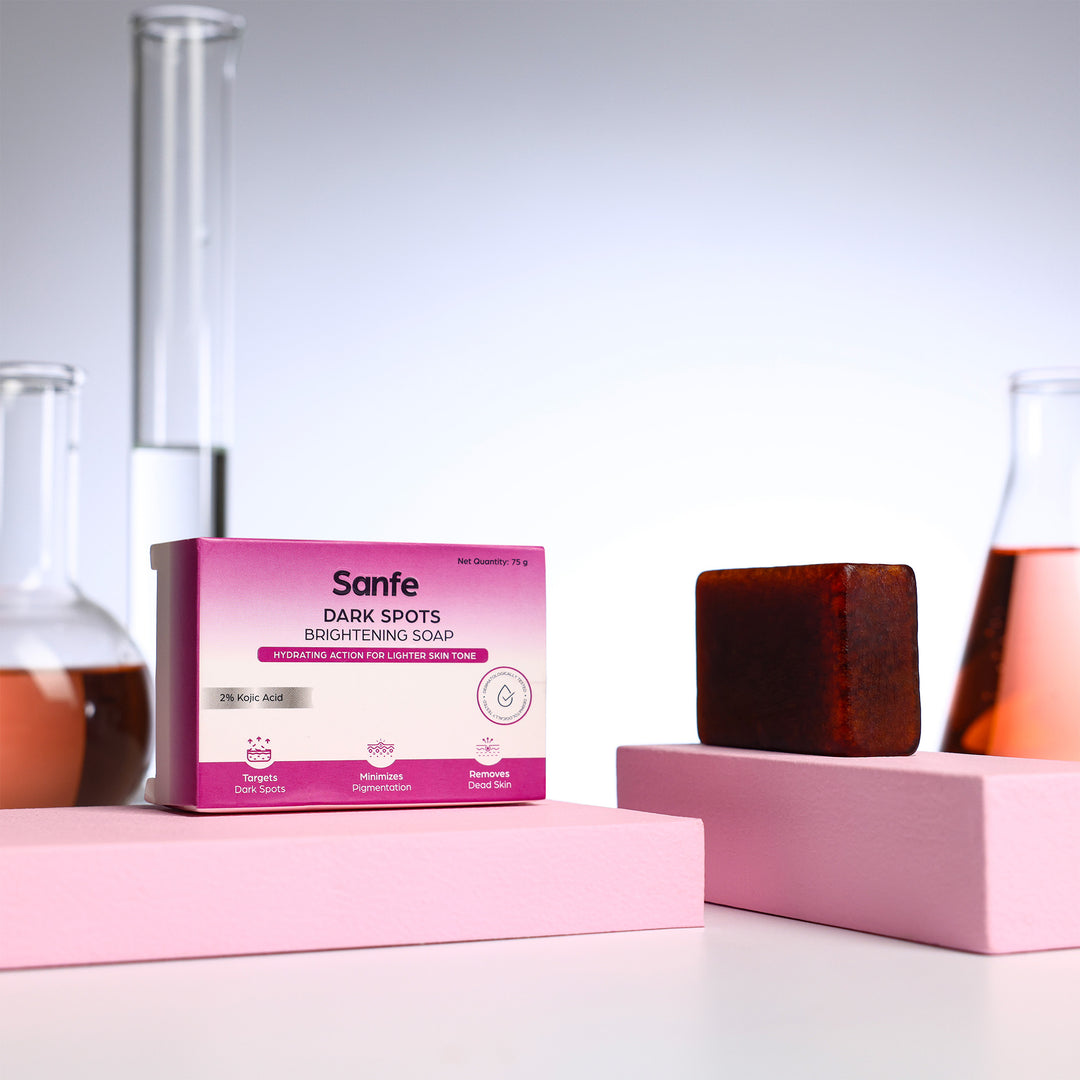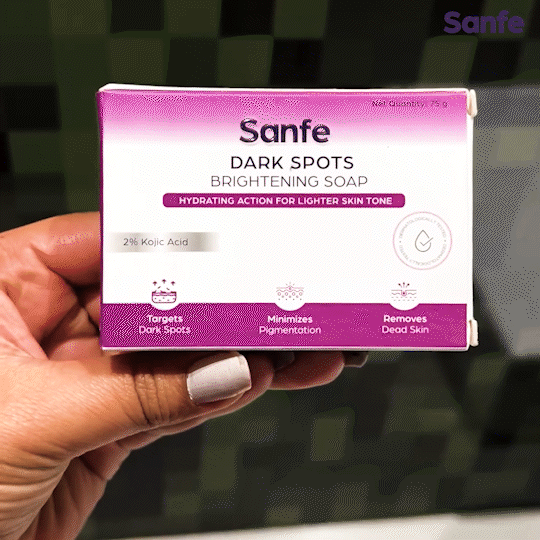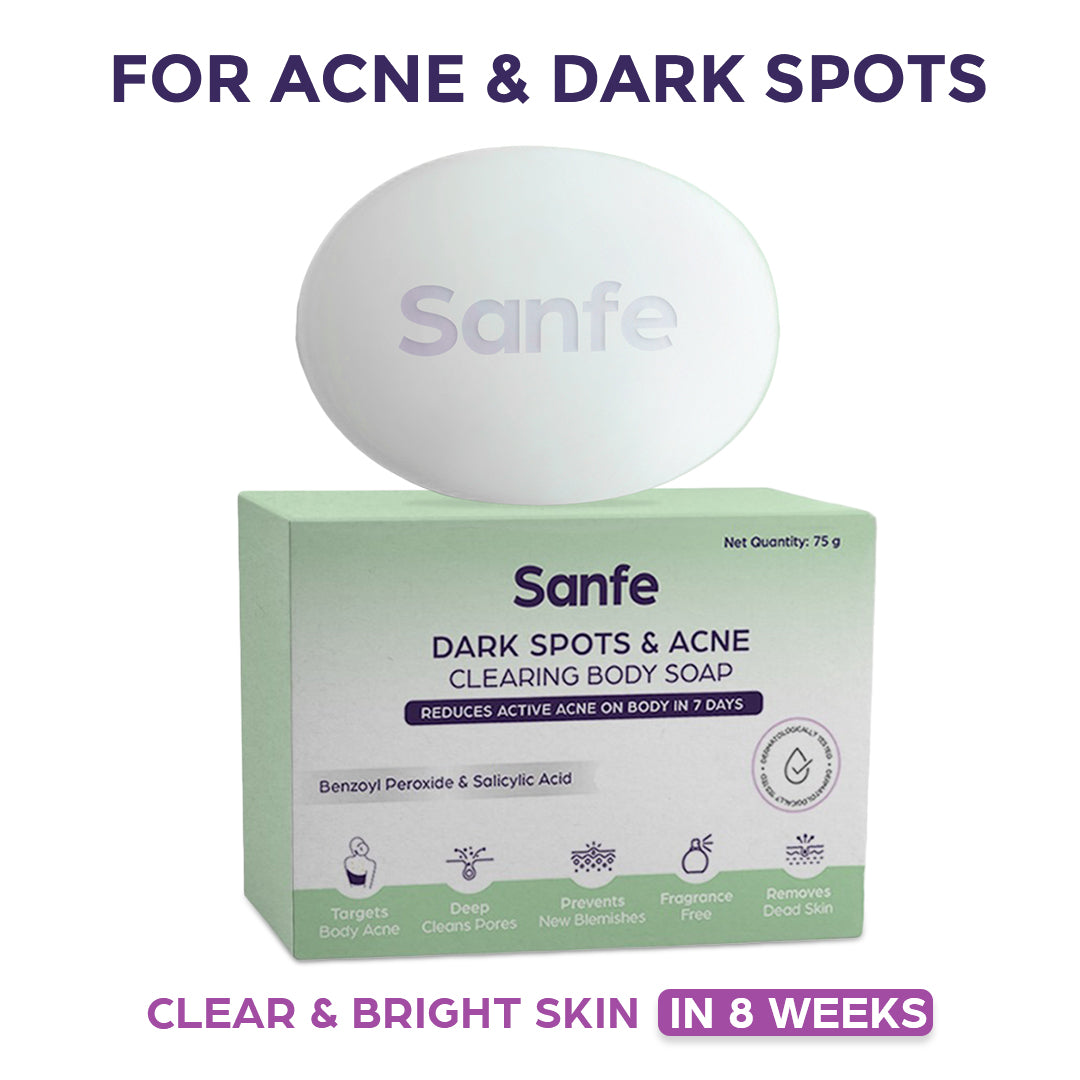
Tampon is a feminine hygiene product Women is designed to take in or absorb the menstrual flow by insertion into vagina during the start of menstruation.
Once inserted correctly a tampon is held in place by vagine and expands as it soaks up menstrual blood. The majority of tampons low-density in the quality of the rayon and cotton mix. Tampons are available in several absorbency ratings.

The average women may use approximately 11,400 tampons in her lifetime.
Tampons designs varies between companies and across products in order to offer a variety of applicators, materials, and absorbencies. There are two main categories of tampons based on the way of insertion- digital tampons inserted by the help of applicator and also finger can be used.
Tampon applicator may be made of plastic or cardboard, and are similar in design to a syringe. The applicator consist of two tubes, one is outer or barrel and one is inner or plunger. The outer tube has a smooth surface to aid insertion and sometimes comes with a round end that is pelated.
ABSORBENCY RATINGS:
Tampons are available in several absorbency ratings, which are consistent across manufacturers in the US
- Junior absorbency: 6g and under
- Regular absorbency: 9-12g
- Super plus absorbency: 12- 15g
- Ultra absorbency: 15- 18g
Tampons in the history:
Womens have used tampons during menstruation for thousands of years. In her book ” EVERYTHING YOU MUST KNOW ABOUT TAMPONS (1981)”, Nancy Friedman writes,”There is evidence of tampon use throughout history of multitude of cultures. The oldest printed medical document, Papyrus Ebers, refers to the use of soft papyrus tampons in the 15th century BCE.

Roman women used wool tampons. Women in ancient japan fashioned tampons out of the paper, held them in place with a bandage and changed them 10 to 12 times a day. Traditional Hawaiian women used the furry part of the native fern called “hapu’u” and grasses, mosses and other plants are still used by women in part of Asia.
R.G. Mayne defined a tampon in 1860 as: “a less inelegant term for the plug, whether made up of portions of rag, sponge or a silk handkerchief, where plugging the vagina is had recourse to in cases of hemmorage.
Dr Earle Haas patented the first modern tampon , Tampax with the tube within a tube applicator.
In 1945, Tampaxpresented a number of studies to prove the safety of tampons.
A 1965 study by the rock reproductive clinic has stated that the use of tampons “has no physiological or clinical undesired side effects”.
During her study of femal anatomy, German gynecologist Dr Judith EsserMittag developed a digital style tampon, which was made to be inserted without an applicator. In the late 1940s Dr carl Hahn, together with Heinz Mittag, worked on the mass production of this tampon. Dr Hahn sold his company to Johnson and Johnson.
Historically, the word tampon has been originated from the medieval French word “tampion”, meaning a piece of cloth to stop a hole, a stamp, plug, or stopper.
ENVIRONMENT AND WASTE
The ecological impact varies according to the disposal methods. Whether a tampon is flushed down the toilet or placed in a garbage bin the latter one is more suggested.
Factors such as tampon composition will likewise impact sewage treatment plants or waste processing. The average women may use approximately 11,400 tampons in her lifetime (if she uses tampons rather than other products).
Tampons are mad of rayon, cotton, polyester, polyethylene, polypropylene, and fiber finishes, these materials are not biodegradable.
Organic cotton tampons are biodegradable, BUT must be composed to ensure they breakdown in a reasonable amount of time. Rayon was found to be more biodegradable than cotton.
Environmentally friendly alternatives to using tampons are the menstrual cups, cotton pads, menstrual sponges, reusable tampons, and reusable absorbent underwear…
 The Royal Institute of Technology in Stockholm carried out a life cycle assessment comparision of the environmental impact of tampons and sanitary pads. They found out that the main environmental impact of the products was in fact cause by the processing of the products like raw matarials, particularly LDPE (low density polyethelene)- or the plastics used in the backing of the plastics used in the backing of pads and tampons.
The Royal Institute of Technology in Stockholm carried out a life cycle assessment comparision of the environmental impact of tampons and sanitary pads. They found out that the main environmental impact of the products was in fact cause by the processing of the products like raw matarials, particularly LDPE (low density polyethelene)- or the plastics used in the backing of the plastics used in the backing of pads and tampons.









